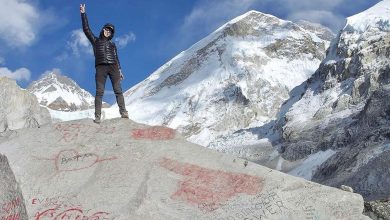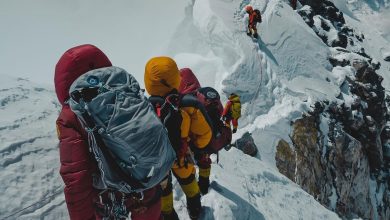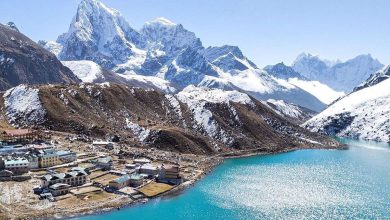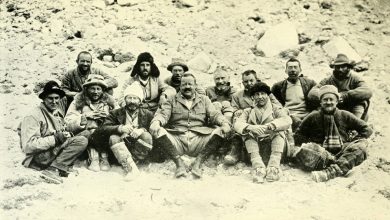Mount Everest Camps: How Many Camps Are There On Everest?
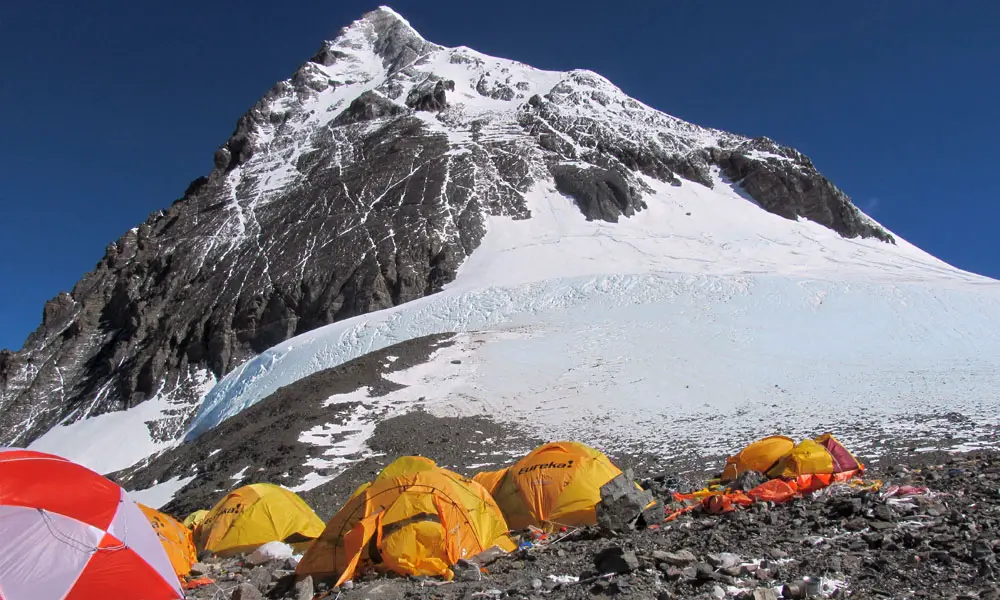
Mount Everest camps are locations where mountaineers stop for acclimatization or simply to rest. The mountaineers meet up in camps, and these camps usually work as a mark of the locations. There are four camps on Mount Everest, namely, Camp 1, Camp 2, Camp 3, and Camp 4. The camps get riskier and more dangerous as the number exceeds. While Camp 1 is temporary, the location of the camp is almost always set in the same or nearby places. Likewise, camps help mountaineers prepare for a tougher road ahead in the mountains.
In this article, we will be talking about all you need to know about Mount Everest camps. Make sure to read till the end to know more!
How many camps are there on Mount Everest?
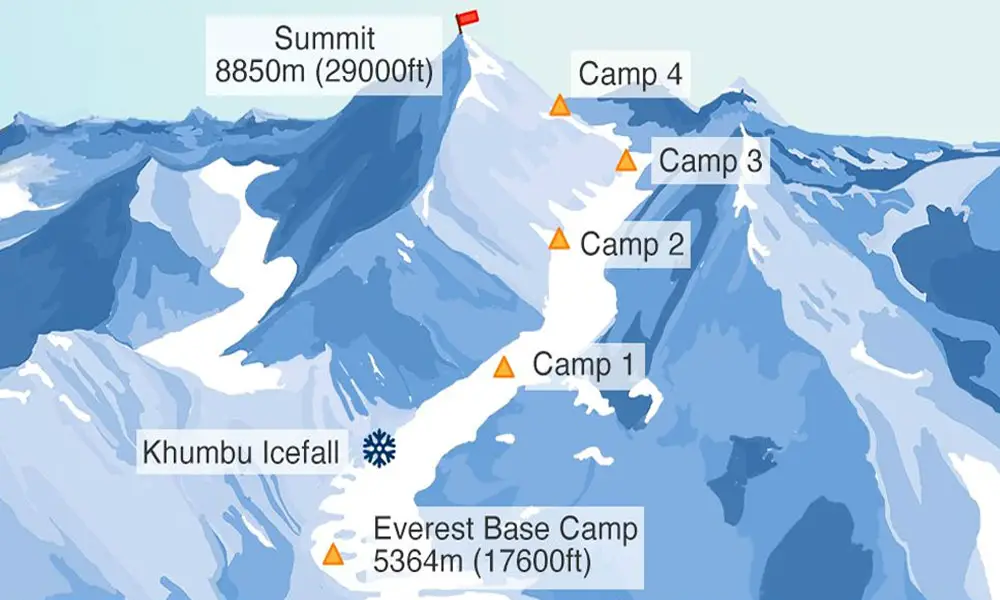
There are four camps on Mount Everest. These are Camp 1, Camp 2, Camp 3, and Camp 4. These campsites are essential during the time of both ascent and descent. Similarly, there are two ways to go up to the mountain: the Southern and the northern basecamp. The southern basecamp is visited from the south ridge, and the northern basecamp is visited from the north ridge.
Likewise, if you want to take the Southern route, then you need to take along porters and animals to carry your load. But, the northern route has a paved road that does not quite require a porter or animal, as vehicles can do that for you here.
On the other hand, the camps on Mount Everest lie at different heights. Hence, as you move forward from Camp 1, the height of the base camps also increases, with Camp 4 being the final base camp at the highest point.
There are several names for the four camps on Mount Everest, which also hold significance as per their names. Camp 1 is known as the Valley of Silence; there is no particular name for Camp 2, Camp 3 is known as the Lhotse Wall, and Camp 4 is known as the Death Zone.
How can a person reach Camp 1 on Mount Everest?
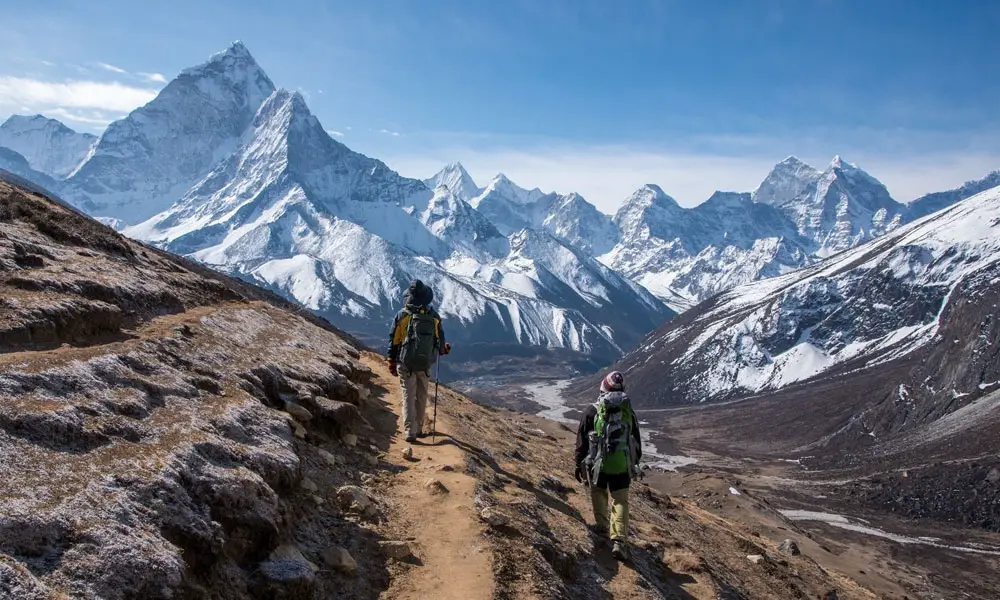
Reaching Camp 1 in Mount Everest is easier than one might think, given the fact that it does not hold as much distance from the base camp. However, keep in mind that a mountaineer has to cross the icefall at the height of 5500 m – 6100 m(18000 ft – 20000 ft) to reach the Valley of Silence, otherwise known as Camp 1.
The basecamp lies at the height of 5400m(17700 ft) while Camp 1 is located at around (6100 m – 6400 m( 20000 – 21000 ft). After reaching camp 1, you will soon proceed towards Camp 2, camp 3, and Camp 4, and finally to the summit at heights 6400 m (21000 ft),( 6800m – 8000 m)/ (22300 ft – 26300 ft),( 8000 m / 26000 ft), and (8850 m / 29035 ft) respectively.
Valley of Silence Camp 1 in Mount Everest
Camp 1, though, is at the shortest height among the other three camps; it is also at risk of avalanches at all times. This camp is always set at 6100 m – 6400 m / 20000 – 21000 ft. The crevasses and the flatness of the area are often buried due to avalanches. Staying in the camp has always been a trigger in the hearts of mountaineers, as one can always hear the cracks coming from the crevasses. The decrease in the temperature increases the likelihood of suffering from intense headaches, and these are almost always unavoidable. Hence, it is wise to carry along necessary medications while you are on your way to the camps.
At Camp 1, whatsoever, you get the first close view of Mount Everest, which just might be worth taking the risk for many enthusiastic mountaineers out there. Use ropes when you are trying to climb up to and from Camp 1. You can take off your crampons here. There is always a great risk of getting fooled by a big lump of ice which may be hidden crevasses. Even at Camp 1, the dangers are high. Make sure you start climbing here at the right time of the day, as darker hours will only prove to be fatal. Moreover, the weather can get ugly around monsoon when the snow can rot.
Camp 2 on Mount Everest
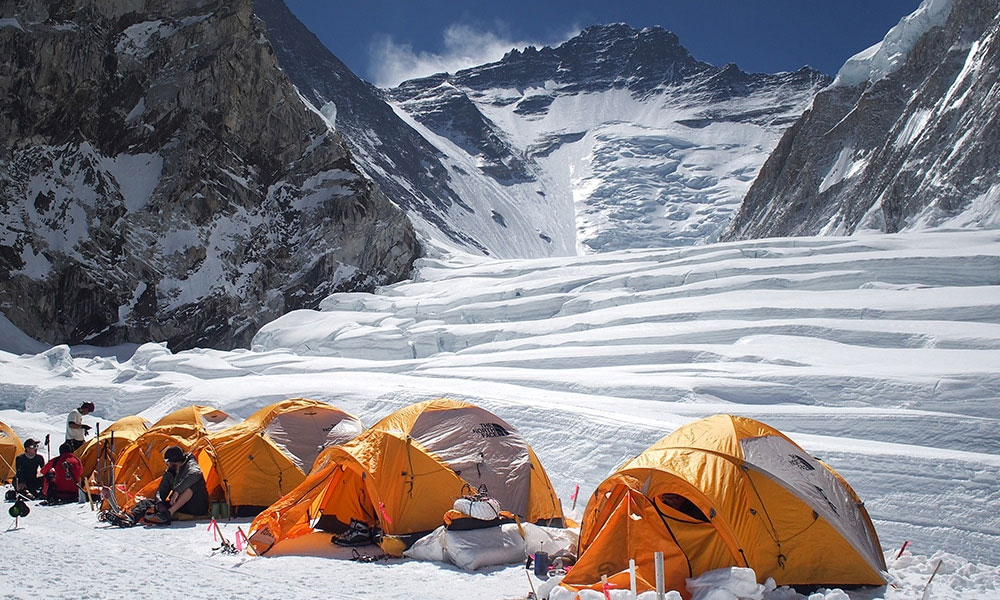
Camp 2 on Mount Everest lies at a height of 6400 m / 21000 ft. It is amusing how Camp 2 is much better and easier to cross in comparison to Camp 1 at a shorter height. While the walkthrough Camp 1 is almost always risky, coming to Camp 2 is almost like a sense of relief. There is not as much snow and risk of falling in some crevasses in this camp. But, you have to be sure not to camp too close to the face of the summit as avalanches are always ready to take place.
Camp 2 is mostly rocks, and it is a beautiful view out there. It gets more comfortable to watch the mountain above and the road that you have come from when you are in this camp. You can get hot and cooked meals here. Bear in mind that this is the last location you will find decent food because as you go ahead from here, there will be nothing but packaged food. This place is perfect for acclimatization, and the risks of altitude sickness will lessen here.
Lhotse Wall Camp 3 on Mount Everest
At 6800m – 8000 m / 22300 ft – 26300 ft, the Lhotse wall or the Camp 3 of Mount Everest may be a bit of a risk. After the almost comforting walk through Camp 2, you will go through Camp 3, which is not everyone’s cup of tea. The climb gets steeper here, and a mountaineer is holding on to his dear life with a rope in the face of fatality. Hearing cracks around Camp 3 is common. While there is a lot more snow in this area, it becomes easier to climb. But this also increases the risk of avalanches. Once one is through Camp 3, he must cross the Yellow Band and the Black Turtle.
Death Zone Camp 4 on Mount Everest
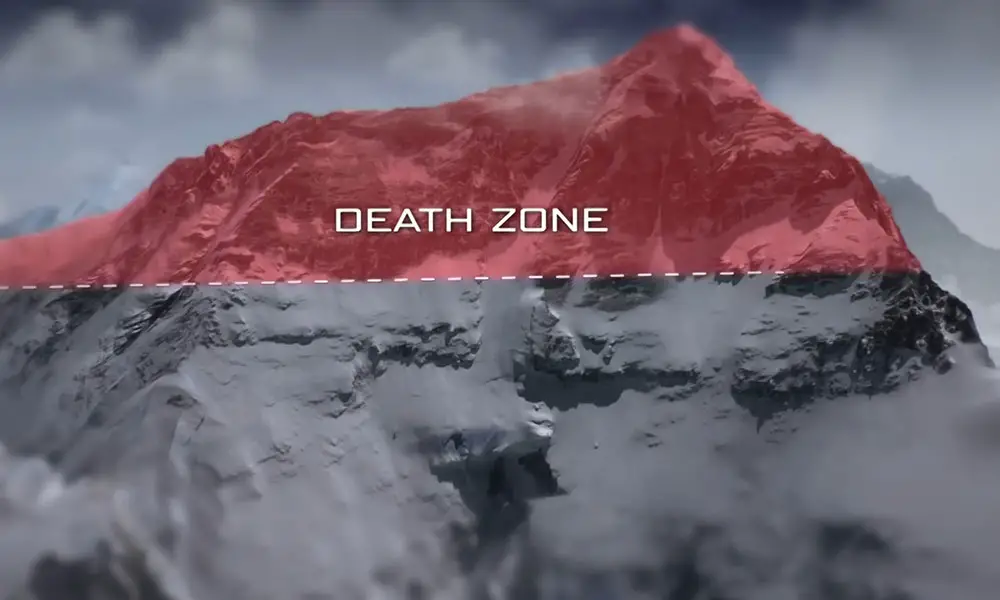
This is the final camp you will go through to finally summit Mount Everest. But one should be extra careful and prepared to come to Camp 4. This camp is set at a height of 8000 m / 26000 ft. Anywhere above 8000m is considered a death zone as the oxygen rate decreases and suffocation and altitude sickness starts. The risk of respiratory sickness is very high once one is in the death zone.
The death zone area of Mount Everest, or the Camp 4, is possibly one of the most dangerous places on Earth. Camp 4 is a plateau. The view, if you are capable enough, is terrific from here. You can get a nice view of mountains like Kanchenjunga, Lhotse, and Makalu, which happen to be at a distance when you are in the Tibetan plateau just a little above the camp. At Camp 4, one has to start thinking about making out alive after reaching the summit on time. Furthermore, it becomes essential to stay hydrated and take enough clothes and medications to proceed finally. While resting becomes crucial when one reaches Camp 4, there is always a risk of a mountaineer passing away either due to some sickness, altitude problem, or simply due to avalanches.
Also, read:
